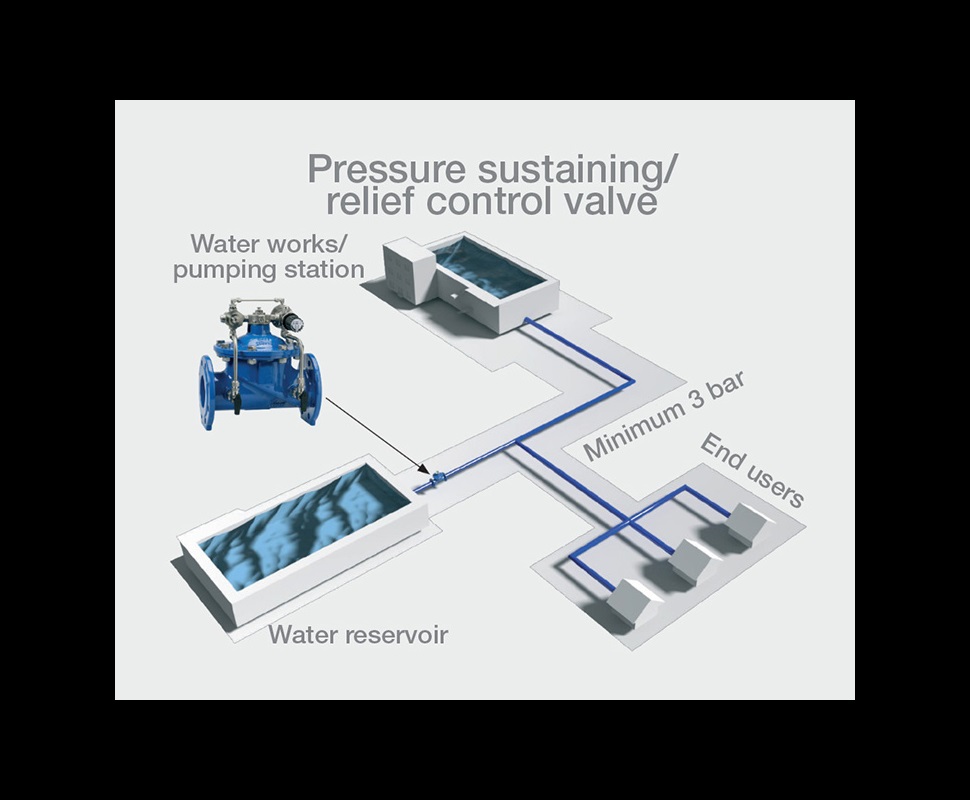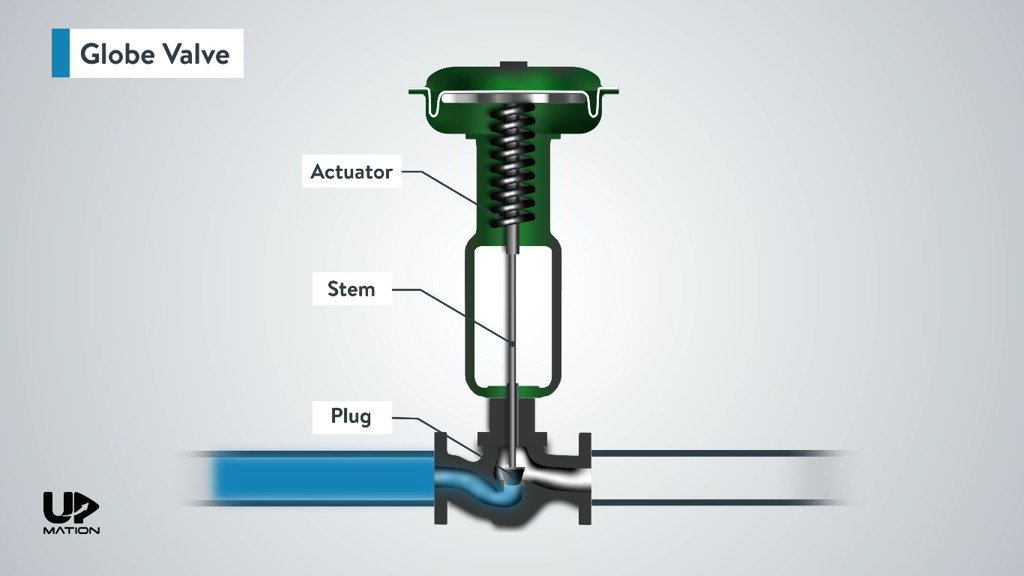How Control Valves Impact Energy Performance in Industrial Settings
How Control Valves Impact Energy Performance in Industrial Settings
Blog Article

Maximize Energy Cost Savings and Convenience With Advanced Building Automation Controls
In the world of modern architecture and facility monitoring, the integration of advanced structure automation controls stands as a pivotal innovation. By using the power of automation, structures can adapt, react, and advance in methods that were when inconceivable.
Power Efficiency Perks
Energy performance benefits can dramatically minimize power intake and operational expenses in structures. By implementing energy-efficient methods and modern technologies, structure owners and operators can accomplish significant cost savings while also adding to environmental sustainability. Among the key advantages of enhancing power performance in structures is the decrease of utility bills. Energy-efficient systems, such as sophisticated building automation controls, can enhance making use of sources like cooling, lighting, and heating, causing reduced power expenses over time.
Additionally, improved energy performance can extend the life-span of building devices and systems. By operating a lot more effectively, a/c systems, lighting fixtures, and other structure elements experience less damage, resulting in minimized maintenance and replacement prices. In addition, energy-efficient buildings typically regulate higher home worths and rental rates, providing long-lasting financial benefits to proprietors.
Additionally, power effectiveness can boost resident convenience and productivity. Appropriately regulated indoor settings with ideal lights and thermal conditions produce an even more helpful and pleasant office, leading to enhanced staff member fulfillment and efficiency. Overall, the energy effectiveness advantages related to advanced building automation controls are diverse, incorporating price savings, environmental stewardship, and passenger well-being.
Enhanced Comfort Control
Enhancing convenience control in building settings needs an innovative assimilation of advanced automation systems for optimum owner well-being. By utilizing advanced building automation controls, facilities can tailor the interior setting to meet the specific needs and preferences of occupants. These systems enable precise regulation of lighting, ventilation, and temperature level, developing a efficient and comfortable atmosphere. Owner satisfaction and productivity are closely connected to thermal convenience, making it vital to have systems in position that can adapt to changing problems in real-time.
Improved convenience control goes beyond basic temperature level adjustments. It consists of features such as personalized setups, tenancy sensors, and all-natural light usage to develop a dynamic and receptive atmosphere. By incorporating these sophisticated controls, buildings can not just boost comfort yet also enhance power efficiency by enhancing system procedures based on actual tenancy and use patterns. Ultimately, focusing on owner comfort with innovative automation systems leads to a much more enjoyable and healthier indoor atmosphere.
Functional Effectiveness Improvements

Additionally, the implementation of real-time surveillance and analytics devices allows building drivers to identify power ineffectiveness and operational abnormalities quickly. By continuously checking energy use patterns and system performance metrics, modifications can be made in real-time to maximize energy intake and make sure peak functional effectiveness. control valves. In addition, integrating demand action techniques into structure automation controls can even more boost operational effectiveness by dynamically adjusting energy use based on grid conditions and rates signals
Indoor Climate Optimization
Effective interior environment optimization is an essential facet of structure automation controls, making sure occupants' comfort and wellness while taking full advantage of power savings. By using innovative sensing units and controls, building automation systems can constantly check and adjust temperature level, moisture levels, air quality, and ventilation to produce an ideal interior setting. Keeping comfortable and consistent conditions not only enhances occupant his explanation satisfaction yet additionally boosts productivity and overall well-being.
Indoor climate optimization also plays an important function in energy effectiveness. By fine-tuning heating, air flow, and air conditioning systems based on real-time data and tenancy patterns, developing automation controls can considerably decrease energy intake - control valves. Applying methods such as demand-controlled ventilation and thermal zoning Check This Out can help decrease energy waste while ensuring that each location of the building obtains the needed conditioning.

Lasting Environment Production
Structure automation controls not just optimize interior climate problems for energy performance and passenger comfort yet likewise lay the structure for producing a lasting atmosphere via calculated management of systems and resources. By incorporating advanced structure automation technologies, such as sensing units, actuators, and intelligent software program, facilities can change and monitor energy use in real-time to you could try these out minimize waste and minimize their carbon impact. These systems enable anticipating upkeep, identifying prospective concerns before they intensify and maximizing equipment performance to improve long life and efficiency.
Additionally, lasting environment creation prolongs past power monitoring to encompass water conservation, waste decrease, and interior air top quality improvement. Building automation controls can regulate water usage, find leakages, and ensure appropriate waste disposal methods, adding to total sustainability initiatives. Additionally, by keeping track of and managing air flow and purification systems, these modern technologies boost owner health and performance while decreasing energy usage connected with cooling and heating procedures.
Verdict
To conclude, progressed structure automation manages offer significant advantages in regards to energy cost savings, comfort control, functional performance, indoor climate optimization, and creating a lasting atmosphere. By carrying out these controls, buildings can accomplish optimal performance while lowering energy consumption and enhancing resident comfort. It appears that the usage of innovative automation modern technology is important in enhancing structure efficiency and creating an extra sustainable future.
Energy performance benefits can considerably reduce power consumption and functional costs in structures. Generally, the energy performance benefits connected with advanced structure automation controls are multifaceted, incorporating cost financial savings, environmental stewardship, and owner wellness.
In addition, incorporating demand reaction methods right into structure automation controls can better boost functional performance by dynamically adjusting energy usage based on grid conditions and pricing signals.
Building automation controls not only optimize interior environment problems for power effectiveness and passenger convenience however also lay the foundation for creating a sustainable environment through strategic management of systems and sources.In verdict, progressed structure automation manages offer significant advantages in terms of power cost savings, comfort control, operational efficiency, interior environment optimization, and producing a sustainable setting.
Report this page